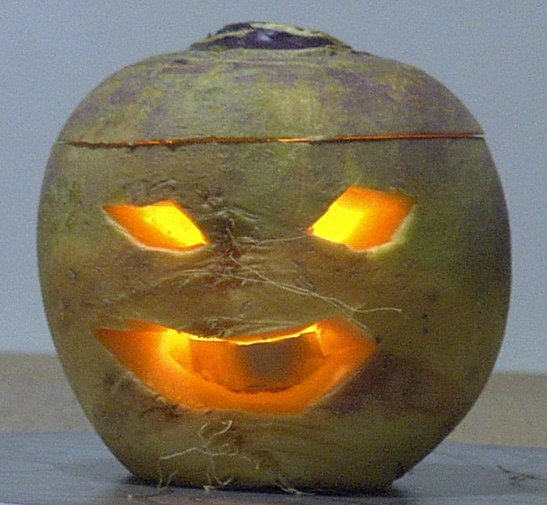|
TRANSLATIONS
Next page:
Quite interesting is the very close similarity between vaha kai at left in Ab4-34 and vaha kai in Ca3-10:
The 'season of vaha kai' is at the end of the year, and as such it appears in Thursday according to C. In Ab4-34 its 'value' must be the same because of the close similarity. I have suggested a location rather at midsummer than at midwinter, and this can only be true if the puo sign at right in Ab4-34 negates the previous vaha kai. If puo means 'to cover up', then the vaha kai hole is covered, or even 'hilled up'. It has been turned into its opposite. In Ca3-11 puo is not referring to vaha kai but to sun being first 'swallowed' by the hole and then 'hilled up'. Rima in Ab4-35 is reversed compared to the normal orientation:
The elbow is at right, and therefore the empty hand of Ab4-35 should mean 'not empty'. The fingers are indicating 'spreading out' while those in the normal rima are drawn like the top half of a reversed ua - the reversed ua season is empty. The insertion of rima in Ab4-35 keeps the number of the main glyphs constant as 4:
Instead of two dry Y-hands, a single hand formed like toki should mean the season of 'leaf'. The right mata in Ab4-33 is dark. The reversed 7-feathered tapa mea is the same entity as the hanau figure, and together with the 3 featers on top of his head it becomes 10 feathers. The neck is long compared with the body - it is time to push the sky roof high. The words of Metoro confirm it is a time of rising (kake):
Nowhere else did Metoro mentioned any tuna. But mata tuna vai suggests the eyes of the coconut which was the head of the eel-god Tuna: ... Maui came out again; he cut off Tuna's head to take it to his ancestor. But Huahega his mother took it from him and she said: 'You must bury this head of Tuna beside the post in the corner of our house.' Maui did so, and that head grew up, it sprouted, it became a coconut tree. On the nut which is its fruit we see the face of Tuna, eyes and mouth. All coconuts have this ... The corner of the house could be spring equinox. The myth tells about the strange combat in which each one had to travel inside the body of the other: ... Said Maui, 'What kind of combat do you wish?' Said Tuna, 'One of us enters into the body of the other, goes completely in. When it is over I will kill you, and take the woman back to my land.' So Maui agreed, and Tuna said, 'I will try it first.' He began his chanting: Hiki tautau orea, / Tautau orea, / He tangata nui i whano mai / I tena motu ra ... It is I, Tuna, / That now enters your body, O Maui! With this word Tuna went completely into Maui's body, he went through the place for entering and disappeared. After a while he came out again. Said Maui, 'Now it is my turn,' and he spoke a chant like that which Tuna said: Ko vau, ko Maui, e tomo ki roto / I ia a u, e Te Tuna! With this word Maui entered into Tuna's body, and all of Tuna's sinews came apart, he died. Vaha kai is the place for entering, the place where sun is going away and where it becomes dark by cause of sun moving inside the earth. The myth has other ingredients which are understandable against the background of the underground voyage, it is a myth about death: ... Here in the Tuamotu we tell of the rivalry of Maui and the eel-god known as Tuna. These two compared their force for Hina's sake, and Maui won. Afterwards, seeing grey hairs on his mother's head, Maui wished to conquer death; but men cannot do this ... At Ab4-36 he did not say his normal koti, but ma te herakiraki. He saw that it was not the entrance to the underworld. I suspect Metoro played on words here. Hera suggests pakahera (shell, cranium, calabash), in which paka means dry. It was the dry head of Tuna which was buried and from which the coconut tree (niu) grew up. The other part of herakiraki will then be ki raki, which can be ki ragi (to the sky). The tree grew up to the sky. At midsummer it stands there, and it may well be the orientation of the Milky Way which has transformed it into a 'tree'. The niu tree as described in its summary page:
Mercury - we now understand - inhabits high summer (not spring equinox as hinted at above). The appearance of niu at the beginning of the year (in midwinter) is thereby more easy to understand - the cosmic tree is the fixed beam through the earth, around which everything swirls. It must be seen both in the extreme north and in the extreme south. Finally, herakiraki - which we have read as hera-ki-ragi - has another possible reading, he-rakerake:
Rakerake is obscene, but also abundant. Entering the body of mother earth is necessary in order to implant new life. One will die, many will live.
The upper shell (hera) presumably illustrates the high sky roof of midsummer, the lower shell the low sky of midwinter, the time of Tuna. Eels disappear at sunrise, they prefer night. Maui was born from his mother's topknot (winter solstice), and he is sun which conquers the night monster. But he is a mortal and will die (koti) in due time. |
|||||||||||||||||||||||||||||||||||||||||||||||||||||||||||||||||||||||||||||||||||||||||||||||||||||||||||||












